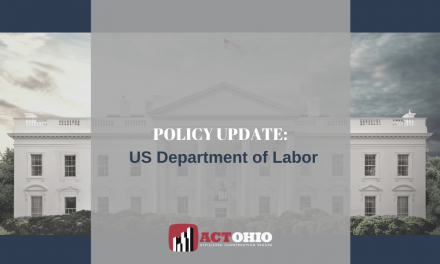A June report by the Economic Policy Institute sheds much-needed light on a growing economic disturbance: employee misclassification.
Misclassification occurs when an employer deems a worker an independent contractor instead of a direct employee, which marks the worker as self-employed and responsible for paying their own taxes and insurance while ineligible to receive other benefits provided by the company.
By forcing the employee into this status, the company avoids paying a number of different taxes and insurance premiums while increasing their profit.
The report, written by Francoise Carre, claims this fraudulent activity is costing local, state and federal governments hundreds of millions of dollars in tax revenue, in addition to millions spent by governments to provide additional social services to uninsured, misclassified workers.
A 1984 study by the Internal Revenue Service found that 15 percent of employers engaged in the misclassification of 3.4 million workers. Adjusted for inflation, that misclassification would result in an estimated loss of $3.5 billion in Federal Insurance Contributions Act (FICA) tax revenue in 2014.
Besides monetary issues, Carre also makes a connection between misclassification and labor standards. She claims misclassification is a threat to labor because it “has a chilling effect on a worker’s ability to raise concerns about, or bargain for, improvements in either the terms of employment (pay, work hours, etc.) or working conditions. In union environments, if misclassification occurs it may undermine compliance with the terms of a bargaining agreement.”
Shockingly, there is not much the IRS can do to prevent or punish employee misclassification. The Revenue Act of 1978 grants businesses Safe Harbor if they continue to misclassify workers for tax purposes, even if it has been demonstrated that they are, in fact, employees. Any employer can be granted Safe Harbor if they can prove they are misclassifying workers for a “reasonable basis” or if it is widespread within the industry.
This also prohibits the IRS from seeking back taxes or ordering a change of worker status.
Meanwhile, the U.S. Treasury estimates that eliminating Safe Harbor would generate $9 billion in tax revenue over 10 years.


